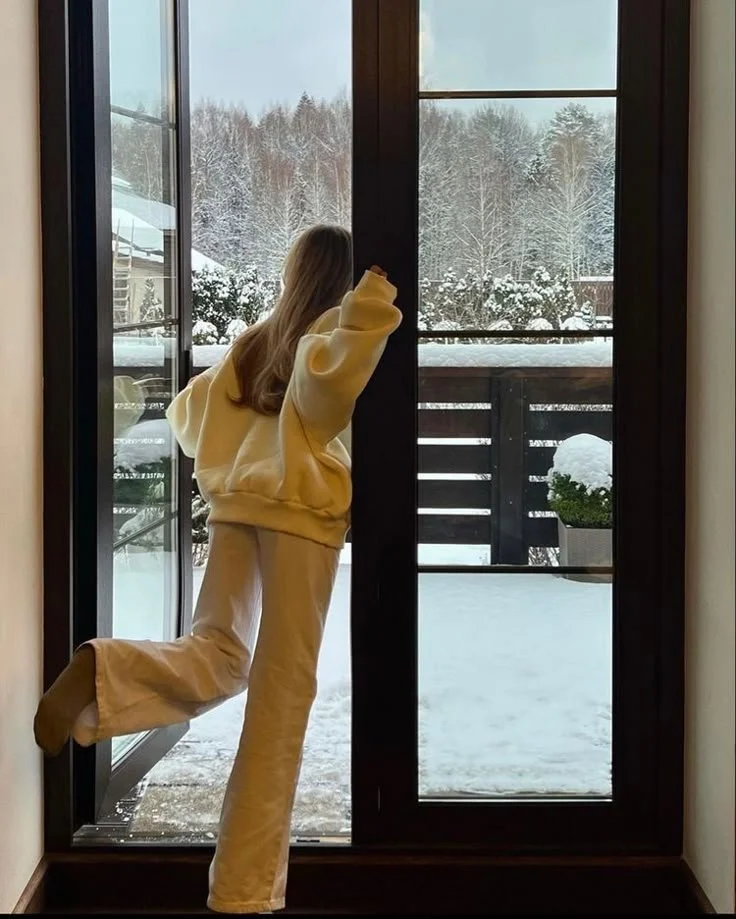How To Tell If You Have A Termite Infestation At Home
Did you know that termites cause over $700 million worth of damage to Aussie homes each year? These destructive pests can do everything from causing minor discoloration on your wooden floors to compromising your home’s structural integrity. What makes them even more dangerous is how difficult they are to detect—many homeowners don’t realize they have a problem until the damage is already done.
Fortunately, early detection can save you from costly repairs and long-term issues. If you suspect termite activity in your home, acting quickly is essential. This comprehensive guide will help you identify termites, recognize the warning signs, and know when it’s time to call in professional termite control in Melbourne.
Termites Versus Ants: What’s the Difference?
Step one in termite detection is understanding how to differentiate termites from ants. These two insects can look very similar, and to make matters more confusing, termites are often referred to as "white ants." While ants can be a nuisance, they don’t pose the same level of threat to your home as termites do—and they certainly aren’t treated the same way.
If you spot a suspicious insect, look for these three key characteristics:
Antennae shape: Ants have bent antennae, while termites have straight, beaded antennae.
Waist size: Ants have a pinched waist, whereas termites have a straight, thicker waist.
Wing length: Ants have two sets of wings, with the rear wings shorter than the front. Termites have two sets of wings of equal length.
Out of the 350+ termite species that exist globally, the two most common in Australia are:
Subterranean termites, which live underground and build mud tubes to access food sources.
Drywood termites, which nest within the wood they consume.
Signs to Look Out for a Termite Infestation
No. 1
Unexpected Noises in the Wall
Termites are quiet, but they’re not completely silent. If you’ve heard clicking or rustling sounds coming from your walls—especially at night—it could be a sign of termite activity.
Worker termites make these sounds with their mandibles as they chew through wood.
Soldier termites may bang their heads against surfaces to signal danger to the colony.
While wall noises alone aren’t definitive proof, they should prompt further investigation if accompanied by other signs.
No. 2
Hollow-Sounding Wood
As termites consume cellulose, they create tunnels and chambers inside wooden structures, turning them into hollow shells.
Tap on wooden furniture or walls—if it sounds hollow, termites may be the cause.
This damage weakens the wood, which can lead to crumbling, disintegration, or even structural collapse.
If you detect hollow wood, it’s time to contact termite control professionals.
No. 3
Small Piles of Sawdust (Frass)
Frass, or termite droppings, is a clear sign of drywood termite activity. These termites push waste out of small holes to make room for their colony.
Frass resembles sawdust and is typically found near windowsills, skirting boards, or the base of walls.
Due to its wooden color and odorless nature, it’s often mistaken for renovation debris.
Don’t ignore these small piles—they’re a strong indicator of an active infestation.
Houzz
Looking for professional termite control? Discover top-rated experts on Houzz today!
No. 4
Swollen Floors
Swollen or warped floors are often blamed on water damage, but they can also be caused by termites—particularly subterranean species.
These termites thrive in moist environments, such as subfloors or damp wooden structures.
Their feeding activity, combined with high moisture levels, can cause timber floorboards to swell or bend.
Other signs to watch for include:
Cracks in exterior walls
Mud tubes along foundations or walls
No. 5
Discarded Wings
Have you noticed fallen insect wings around your home? That could be a sign of a termite swarm.
As a colony matures, it produces winged termites (alates or swarmers) that leave the nest to form new colonies.
After mating, these termites shed their wings, which are often found near windows or light sources.
Even if you haven’t seen the wings, spotting swarmers indoors is a red flag—call your local termite pest control immediately.
No. 6
Unexplained Power Failures or Flickering Lights
Termites sometimes nest around electrical wiring, especially in wall cavities or roof spaces where warmth and moisture are present.
Their activity can damage wiring, leading to circuit trips, flickering lights, or sudden power outages.
Look for mud tubes near electrical outlets or fittings—this is a common sign of subterranean termites.
If you’re experiencing unexplained electrical issues, termites could be the hidden culprit.
How To Terminate Termites in Your Home
A termite infestation is not something to ignore. Prevention and early detection are your best defences.
Here’s what you can do:
Stay vigilant and regularly inspect your home for signs of termite activity.
Schedule routine termite inspections to catch problems before they escalate.
Maintain your home by fixing leaks, sealing cracks, and reducing moisture buildup.
If termites have already made themselves at home, don’t panic—but don’t delay either. Contact professional termite control to assess the situation and implement targeted treatment.
Choose a team experienced in dealing with the specific termite species present to ensure complete eradication. After all, the last thing you want is for these pests to return.
Takeaways
Termites may be small, but the damage they cause can be massive. From hollow wood and frass to flickering lights and discarded wings, the signs of an infestation are often subtle—until they’re not. By learning how to identify these early indicators and acting quickly, you can protect your home from costly repairs and long-term structural damage.
Whether you’re hearing mysterious clicks in the walls or noticing warped floorboards, don’t wait until it’s too late. Regular inspections and prompt action are key. And if you suspect termites have already moved in, reach out to trusted termite control in Melbourne to eliminate the threat and restore peace of mind.
Looking for Home resources?
Looking to enhance your living space and create a sanctuary that supports your well-being? Explore our home partners who offer a wide range of resources to elevate your home environment.































